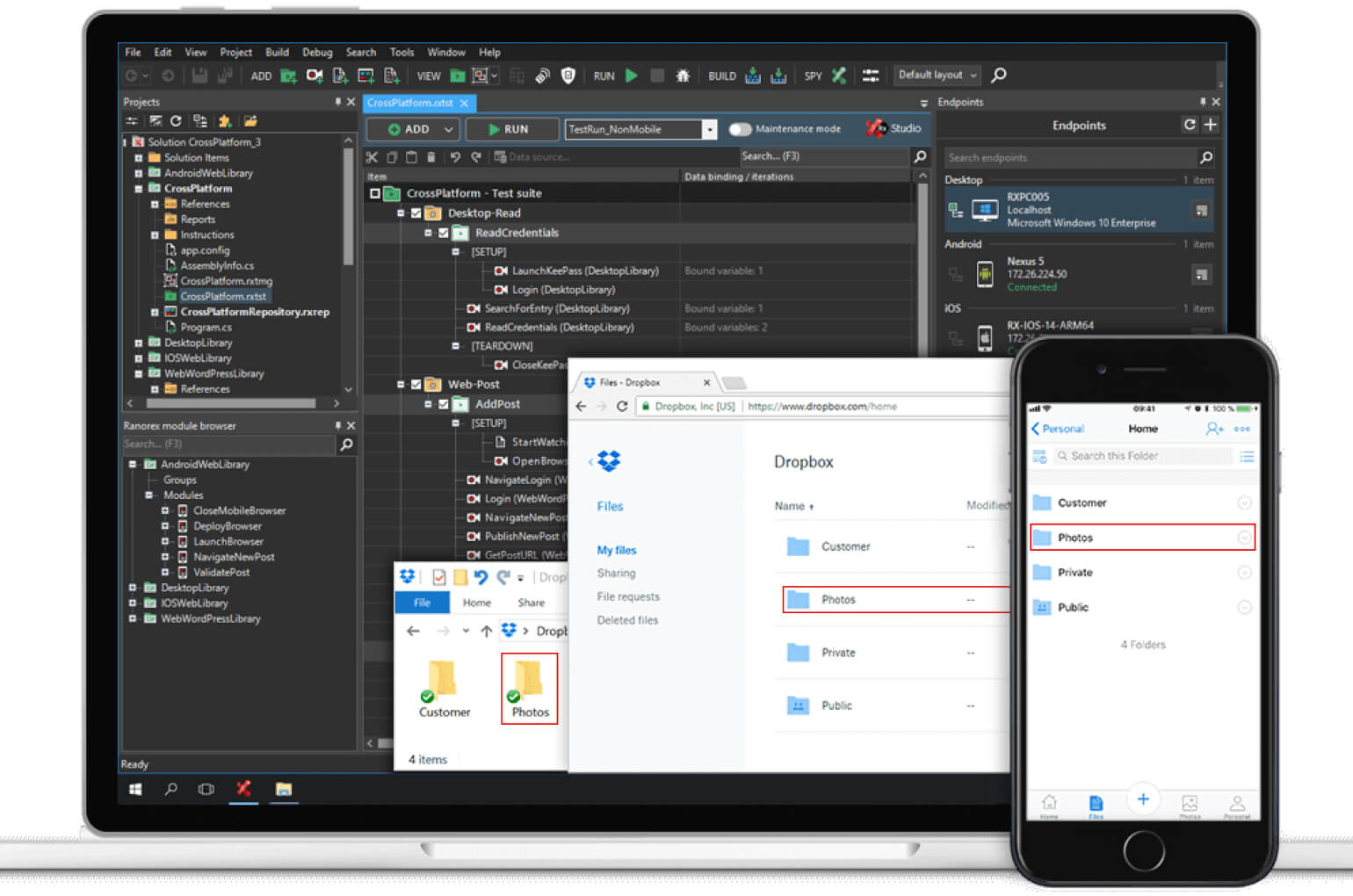Checklist of Best Practices for Expediting Web Application Testing
What are the top web application testing practices for QA professionals? originally appeared on Quora: the place to gain and share knowledge, empowering people to learn from others and better understand the world.
Here are the 7 practices for skilled QA Testers to accelerate Web Application Testing
1) Concentrate on Cross Browser Testing
Most enterprises these days prefer responsive web design to make their web applications produce a smarter user experience on each and every device. The latest strategy requires developers to make websites responsive by using web technologies like HTML5, CSS3, and JavaScript. Currently, older versions of several web browsers do not support HTML5 completely. So, software testers need to monitor how the app performs on both older as well as the latest versions of major web browsers. They can even use specific automation tools to test the application across multiple browsers quickly and effortlessly.
2) Measure Application’s Performance Under Multiple Circumstances
In order to evaluate the actual functioning of the application on all browsers and devices, it is even more important to ensure that it does not crash under heavy loads. Sometimes, minor flaws or defects in the coding or design can affect the website’s performance negatively. So, software testers must assess how the application functions under varying loads. They even use load testing tools to evaluate the performance of the application under varying loads on the server effectively. Moreover, they should perform load testing frequently to ensure that the performance of the website is not affected by the changes made to the code.
3) Test Each and Every Element of a Web Application
While testing a web application, nowadays QA professionals usually focus on functionality, features, and performance. But an enterprise must request software testers to evaluate each and every necessary element of the website in context to its functionality and execution. For E.g., QA specialists must evaluate the key principles of the web application which includes Cookies, CSS, HTML, JavaScript, dead-links, windows reframing, browser control and security. The extensive testing will make the website provide a better user experience over an extended time period.
4) Execute the Load Tests in Intervals
In order to evaluate the website’s performance under varying loads, it is very essential for QA professionals to accelerate load testing. But, one thing that needs to be performed is load tests over multiple intervals to check whether the web application performs under varying load situations. During the initial stages, they gradually increased user load so they can perform load testing and so it would make simple for testers to classify the exact point where the web application crashes. But, software testers must perform load tests over several intervals and analyze the load testing result of each interval to evaluate the performance of the website appropriately.
5) Test Web Services Individually
Most web applications nowadays use multiple kinds of web services. But an enterprise needs to be completely sure that the web services used by the application are tested individually and thoroughly and as separate components. QA professionals must test the web services before they are combined with the application. This will enable them to test the web services instantly with better control over their functionality. Along with this, testers can also send a request to the web browser straight away and evaluate its performance without using a web browser.
6) Pick up the Right Factors for Usability Testing
QA professionals must evaluate the UI interface as well as the user experience of web applications to produce accurate test results. They must also perform usability testing based on the most appropriate factors. And at the same time, an enterprise needs to choose a number of key factors like UI design, performance, speed, content readability, convenience, and navigability. The testers must follow all possible user actions to check the time period required to perform specific tasks.
An enterprise automates UI testing efforts for web apps to immediately check the look and feel, performance and usability of the web application across multiple web browsers. Moreover, it also focuses on development, support and maintenance and reusability of automated tests to test the front-end of the web application more efficiently.
7) Work with an IT Professionals
Businesses adopt agile methodology or DevOps which are both currently on the rise. Agile methodology wanted businesses to unite testing activities as well as software development. In order to test the web application during software development lifecycles, testers need to coordinate with business analysts, software developers, and prospects. DevOps needs professionals to unite software testing, development and deployment activities. Therefore, software testers need to thoroughly understand how to work with IT professionals and development teams.
Contributed by Amanda Cruz, Customer Success and Technical Support at LambdaTest









